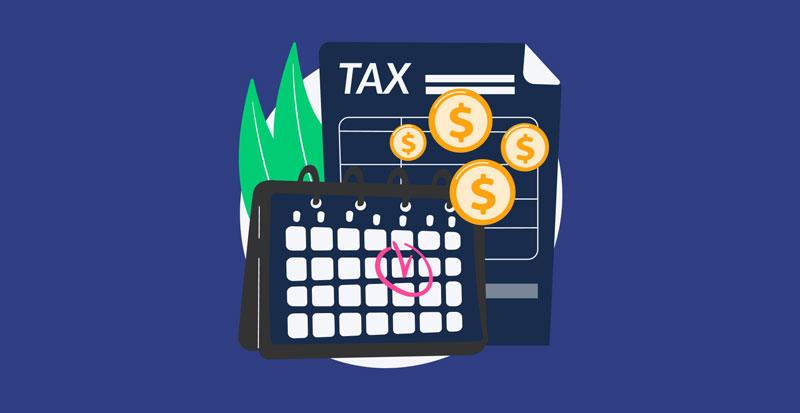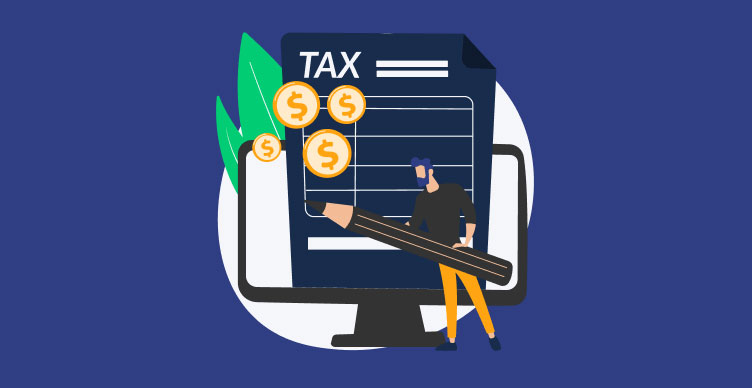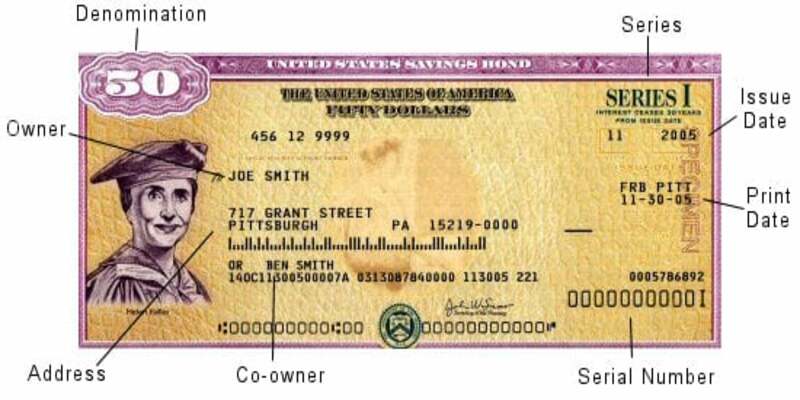The federal income tax due in April of each year is determined by the Internal Revenue Service (IRS) using Form 1040. State income taxes, sales taxes, and property taxes are three of the most common state taxes. Your income, marital status, and county of residence all play a role in determining how much you pay in taxes.
It's hard to do an apples-to-apples comparison between the total tax burdens of different states. You can't just tally up the average rates in each state and rank them from lowest to highest since you pay state income tax on the money you make, sales tax on the money you spend, and property tax on the value of any real estate you might own.
What Is Tax Incidence?
A tax's incidence is a measure of who bears the burden of paying it. Tax incidence may be classified in two distinct ways: legal or economic. Taxes are borne by individuals legally obligated to pay their fair share to the state and local government. Individuals and businesses must pay taxes to the state and municipal treasuries following the law.
There is a big difference between the legal tax burden and the actual economic impact. Due to taxes affecting the relative pricing people face, individual behavior shifts. The economic cost of taxes is moved from those who pay it to the rest of society due to these tax-induced behavioral changes.
What's Tax Exporting?

In addition to the fact that taxes levied by state and municipal governments are frequently paid by nonresidents in both their legal and economic incidence, many persons who do not directly remit them bear the hardship of paying them. Tax exporting is a term used to describe paying a portion of a tax in one state while living in another.
Is There a Difference Between Tax Burdens and Tax Collections??
Understanding tax shifting across state boundaries necessitates making a difference between tax burdens and tax receipts. Tax collections are a measure of legal incidence since they reflect a tally of tax payments to state and municipal governments. On the contrary, our tax burden estimates allocate taxes to states adversely harmed economically by these taxes. As a result, the estimations in this paper aim to determine the economic impact of taxes rather than their legal one.
Taxes are used for a variety of objectives and are frequently referenced. Taxes collected in a state's total income are not an adequate assessment of a state's overall tax burden since they do not fully reflect the tax payments made by state citizens from their income. As a starting point for our model, the Census Bureau's State and Local Government Finance division provides the most accurate data on state and local tax revenues.
Taxes on the Earnings

There are just a few places where the state income tax rate is as easy as a flat rate regardless of income. Depending on your income category, you'll pay various income taxes in various states. Taxpayers who earn less than $1 million a year are more likely to pay the highest rate than those who earn more than $1 million a year.
The income tax rates shown here are based on the U.S. Census Bureau's estimate of the median 2022 income in each state. Your state tax bill will also be affected depending on the exemptions, deductions, and credits you're eligible for. States differ in what tax incentives they give as well as who qualifies.
Sales Tax
It might be challenging to determine which states have the highest sales tax burden because the exact sales tax rate you'll pay varies on where you live. It's still helpful to know the state's base sales tax rate, as many communities add their own sales tax rates on top of the state's.
Taxes on the property
Consider the property tax rate in the areas you're considering if you plan on owning a home. However, local governments, not states, are responsible for setting property taxes. Even if you live in the same geographical region as someone in a different town and have access to the same services and quality of life, you might pay a significantly different cost just by crossing the street.
For example, property tax increases in California are capped at 1% annually under Proposition 13.2 because of considerations such as homeowner exemptions, the frequency with which property values are reviewed, and the yearly ceiling on property tax increases.
Other Factors
Many people pay taxes to states outside of their homes, which isn't included in these charts. When we visit another state or make money elsewhere, we must pay these taxes. Additionally, it's essential to keep in mind that while you may pay more taxes in one state than another, you may also be able to earn more money there. Whether or whether you'll earn sufficiently more to compensate for or exceed the additional cost of the more significant tax burden is up for debate.




